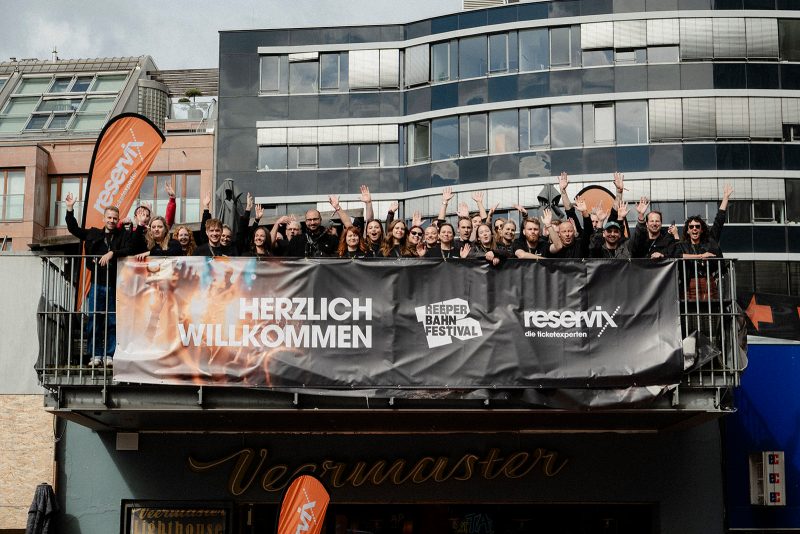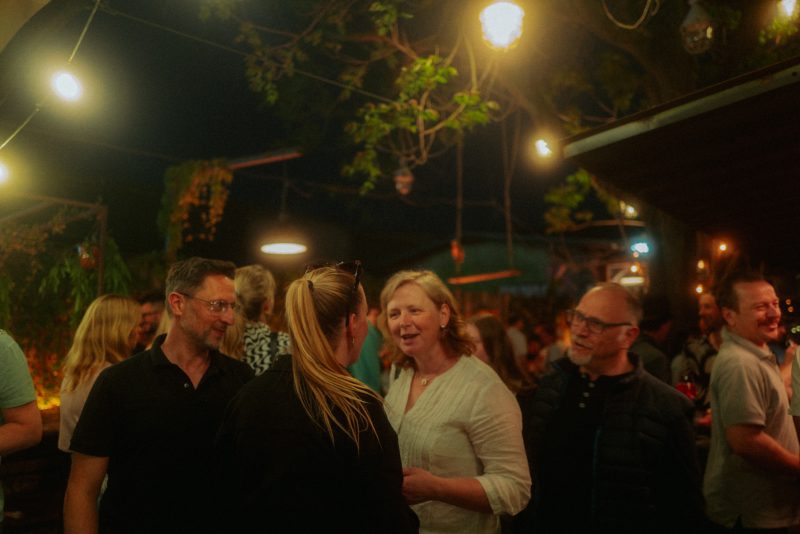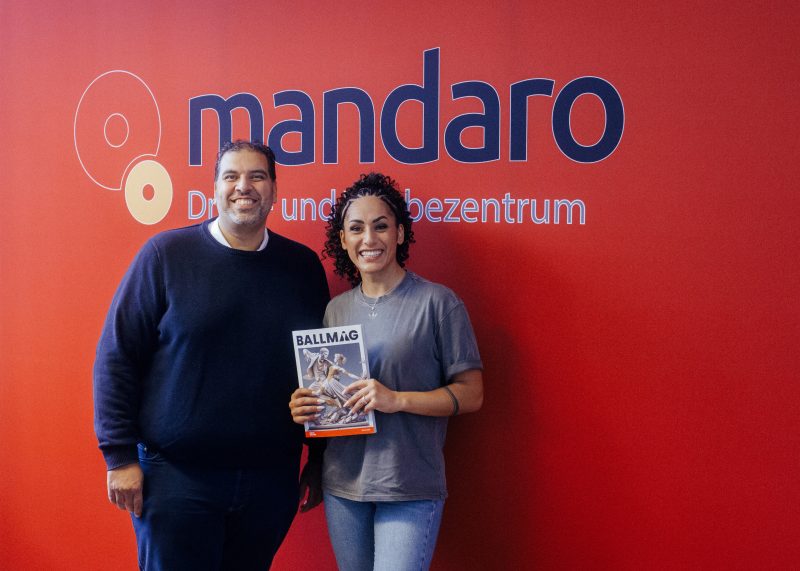Whether it’s a heavy gold chain or a sparkling brooch on a tuxedo – jewelry speaks a language everyone understands. It’s about wealth, style, heritage, belonging, and sometimes even rebellion. Jewelry has always been a reflection of social dynamics – whether in palace gardens or music videos.
The Gold Chain: Statement, Pride, and Empowerment
In the world of HipHop, jewelry is more than decoration – it’s a message. Gold chains, grillz, diamonds on watches or rings speak of ascent, resistance, and ownership. What was once a provocative symbol against social exclusion in the 1980s has become a core element of global pop culture today. But the glitter has depth. For many artists, jewelry is a way to reclaim what was denied to them: economic power, visibility, and respect. It’s about owning your narrative: “I am more than what the system saw in me.”

The Brooch: Subtle Codes with History
In more traditional circles – at Viennese balls or the opera, for instance – jewelry is often less flashy but no less meaningful. An ornate brooch, a signet ring, or cufflinks speak of heritage, status, and tradition. These classic symbols take on new meaning at the HipHop Ball when they appear alongside elements of streetwear.
Such accessories are part of a centuries-old symbolic language: shapes, materials, even their placement carry meaning. Here, it’s not about flexing – it’s about quoting with style.
Bling Meets Ball: New Spaces for Old Symbols
The HipHop Ball creates spaces where these worlds collide – and suddenly, a gold Cuban link chain sits next to an antique brooch. What once seemed separate is starting to blend: styles, codes, and generations.
Perhaps this is the new symbolism of our time: status as an expression of attitude and origin – not just material possession. The HipHop Ball curates exactly that space. Between cultural pride and stylistic experimentation. It’s not just about shine – it’s about meaning.
Whether on the opera stage or in a music video: jewelry is never just jewelry. It represents history, pride, identity, and power. And sometimes, it’s also about building bridges – between scenes, people, and cultures.



